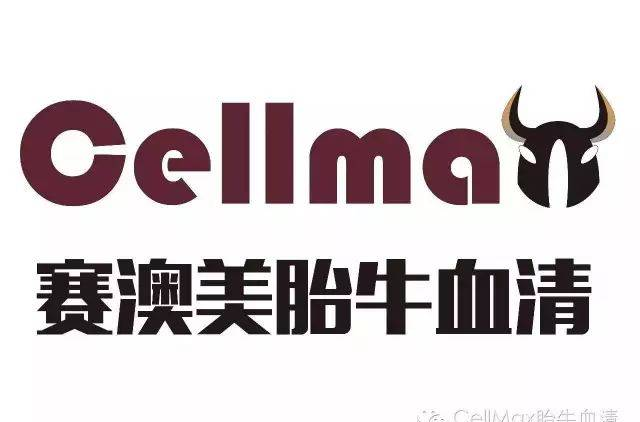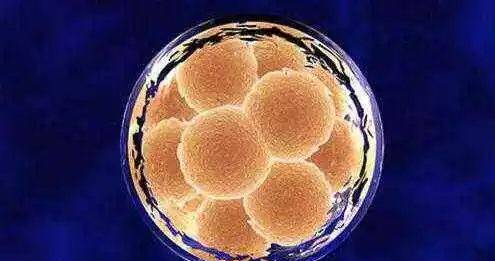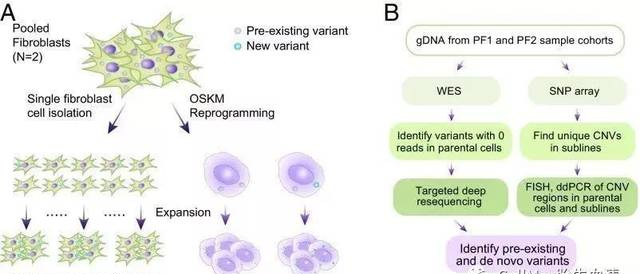

导语
2006年,日本科学家山中伸弥(Shinya Yamanaka)团队利用逆转录病毒将4个转录因子转入成体细胞,进而实现了“生命时钟”的逆转,将其转变为诱导多能干细胞(induced pluripotent stemcells,iPSC)。近年来,iPSC技术不断改进,同时展现出在多种疾病治疗中的应用潜力。这一期就让我们盘点一下2017年在iPSC领域获得的突破。
研究证实iPSC不会增加遗传突变发生的概率
2017年2月21日,美国国立人类基因组研究所(National Human Genome Research Institute)的科研人员基于全外显子组测序分析,证实iPSC的多数突变来自亲代成纤维细胞中的罕见遗传突变,并证实细胞重编程过程不会增加遗传突变发生的概率。相关研究以iPSCs and fibroblast subclones from the same fibroblast population contain comparable levels of sequence variations为题发表在Proceedings of the National Academy of Sciences上。

(图片来源:Proceedings of the National Academy of Sciences,doi: 10.1073/pnas.1616035114)
建立具有胚内和胚外发育潜能的新型多能干细胞
2017年4月6日,北京大学与美国Salk生物学研究所的科研人员利用小分子化合物组合,在国际上首次构建出一种具有全能性特征的新型多能干细胞——“潜能扩展的多能干细胞(extended pluripotent stem cells,EPScells)”,获得的细胞同时具有胚内和胚外组织发育的潜能。该研究既提供了胚胎研究的新工具,也为再生医学的发展奠定了基础。相关研究以Derivation of Pluripotent Stem Cells with In Vivo Embryonic and Extraembryonic Potency为题发表在Cell上。

(图片来源:Cell, doi: 10.1016/j.cell.2017.02.005)
美国利用抗体将成体细胞重编程为多能干细胞
2017年9月11日,美国Scripps研究所的科研人员开发出一种利用抗体诱导成体细胞重编程为多能干细胞的新方法,科研人员筛选出能够取代重编程转录因子的四种抗体,通过将其作用于细胞表面的特异性抗原,模拟动物发育中的天然通道,成功将小鼠的成纤维细胞转变为iPSC,避免了转录因子引入的潜在风险。相关研究以Replacing reprogramming factors with antibodies selected from combinatorial antibody libraries为题发表在Nature Biotechnology上。

(图片来源:Nature Biotechnology, doi: 10.1038/nbt.3963)
利用iPSC首次实现体外制造造血干细胞
2017年5月17日,美国哈佛医学院的科研人员首次利用7个转录因子,将成体细胞来源的iPSC转化为造血干细胞,其具有与天然造血干细胞“极其相似”的特性,该成果有望解决血液和骨髓供体不足的问题,对血液疾病的治疗具有重要意义。相关研究以Haematopoietic stem and progenitor cells from human pluripotent stem cells为题发表在Nature上。

(图片来源:Nature, doi: 10.1038/nature22370)
利用iPSC成功控制猴子帕金森症状两年
2017年8月30日,日本京都大学的科研人员将人类iPSC来源的多巴胺能祖细胞移植到患帕金森病的食蟹猴体内,发现食蟹猴的帕金森病症状在两年内得到持续改善,且没有产生任何危险的副作用。相关研究以Human iPS cell-derived dopaminergic neurons function in a primate Parkinson’s disease model为题发表在Nature上。

(图片来源:Nature, doi: 10.1038/nature23664)
参考文献:
[1] Kwon E M, Connelly J P, Hansen N F, et al. iPSCs and fibroblast subclones from the same fibroblast population contain comparable levels of sequence variations[J]. Proceedings of the National Academy of Sciences, 2017,114(8): 1964-1969.
[2] Yang Y, Liu B, Xu J, et al. Derivation of pluripotent stem cells with in vivo embryonic and extraembryonic potency[J]. Cell, 2017, 169(2): 243-257.
[3] Blanchard J W, Xie J, El-Mecharrafie N, et al. Replacing reprogramming factors with antibodies selected from combinatorial antibody libraries[J]. Nature Biotechnology, 2017, 35(10): 960-968.
[4] Sugimura R, Jha D K, Han A, et al. Haematopoietic stem and progenitor cells from human pluripotent stem cells[J]. Nature, 2017, 545(7655): 432-438.
[5] Kikuchi T, Morizane A, Doi D, et al. Human iPS cell-derived dopaminergic neurons function in a primate Parkinson’s disease model[J]. Nature,2017, 548(7669): 592-596.
END
1.《干货:干细胞与再生医学领域年度盘点—诱导多能干细胞(iPSC)》援引自互联网,旨在传递更多网络信息知识,仅代表作者本人观点,与本网站无关,侵删请联系页脚下方联系方式。
2.《干货:干细胞与再生医学领域年度盘点—诱导多能干细胞(iPSC)》仅供读者参考,本网站未对该内容进行证实,对其原创性、真实性、完整性、及时性不作任何保证。
3.文章转载时请保留本站内容来源地址,https://www.lu-xu.com/jiaoyu/19032.html